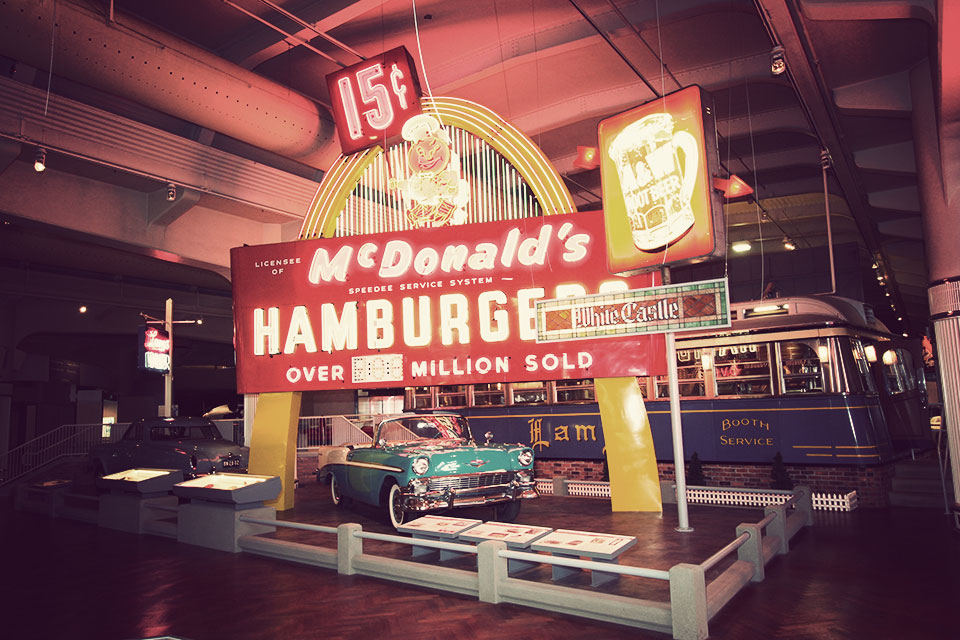
The Henry Ford Museum
You'd expect a museum named after a man who founded a car company to feature automobiles. And yes, while there are plenty of cars on display at The Henry Ford Museum, it's about much more than one man, one company, or even one industry. Instead, this most American of museums contains a huge array of items holding historical significance, including Rosa Parks' bus, George Washington's camp bed, a collection of 17th and 18th century violins, Lincoln's chair from Ford's Theatre, Thomas Edison's laboratory, and even JFK's presidential limousine. Outside the museum, you'll find Noah Webster's home, the Wright Brothers' bicycle shop and home, and, fittingly, Henry Ford's birthplace — all of which have been moved to the property.
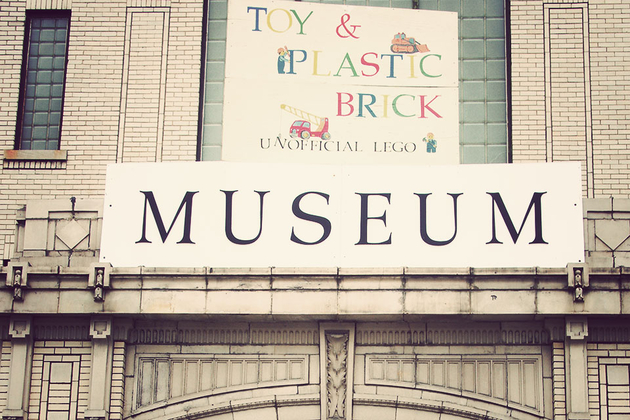
Toy & Plastic Brick Museum
We'd expect to find a museum dedicated to LEGO bricks in Denmark, but in rural Ohio? Not so much. Nevertheless, the Toy & Plastic Brick Museum is real and for midwestern fans looking for a brick fix, it's the next-best option to traveling to an actual LEGOLAND park. Setup in a former school, this unofficial ode to LEGO features the largest LEGO collection in the world, including large-scale, custom models of popular characters — think Darth Vader and Spider-Man — as well as buildings (such as the White House) and landmarks (like Mount Rushmore).

Newseum
Blame it on extremist Republicans, Congress as a whole, or even the rain — the fact of the matter is that during a government shutdown, your options for sightseeing in Washington D.C. are pretty limited. Thankfully for those staying close to the heart of the action, the Newseum remains open. Located just behind the National Gallery of Art, this 250,000 square foot museum is dedicated to the news and the people who report it. It features 15 main galleries, as well as two broadcast studios, 15 theaters, a food court, a Wolfgang Puck Restaurant, a store, and a terrace that provides unmatched views of the Capitol, the Smithsonian, the National Archives, and the Washington Monument. Still have time to kill after all that? Head over to the International Spy Museum.
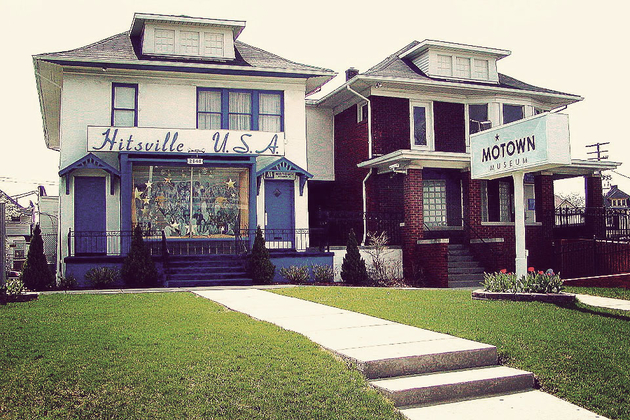
Motown Museum
Many music museums exist in grand, purpose-built buildings, or otherwise in whatever space they can find. Which makes the Motown Museum pretty unique. It's housed in Motown's historic Hitsville U.S.A. offices, meaning you learn about the history of Motown Records — and the legendary artists it produced — in the same place that history was made. Highlights include the Control Room where the producers worked, Studio "A" where talented musicians like Stevie Wonder, Marvin Gaye, The Temptations, and The Supremes recorded their songs, and the restored apartment where Motown's founder Berry Gordy Jr. and his family lived.
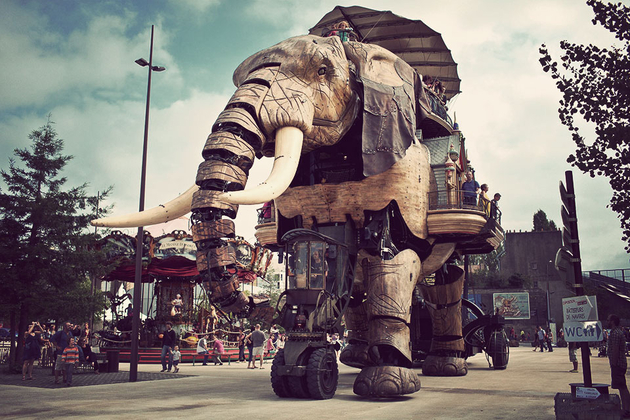
Les Machines de L'ile
You probably didn't wake up this morning thinking how awesome it would be to ride around in a giant mechanical elephant. But we bet you are now. Les Machines de L'ile is an attraction dedicated to huge robotic animals, imagined by François Delarozière and Pierre Oreficee. Located across from the Jules Verne Museum in Nantes, France, this unique attraction lets you take a ride in the 40-foot tall elephant, control the movements of treetop animals, fly overtop of the tree on the wings of a mechanical heron, or ride in one of 14 creatures aboard the marine-themed carousel. Yes, it's a little weird, but so is France — and we mean that in the best way possible.
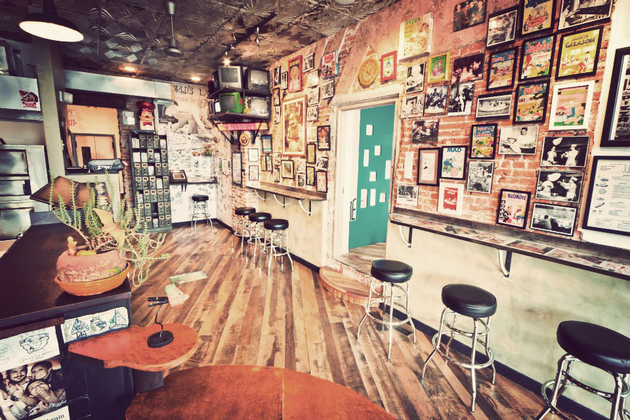
Pizza Brain
Sounds like a zombie-themed pizza joint, right? Wrong. Pizza Brain is, in fact a museum. The world's first museum dedicated to pizza, boasting the world's largest collection of pizza memorabilia. That means pizza-related toys — think Home Simpson and the Teenage Mutant Ninja Turtles — pizza-related films, pizza-related LP covers, and other ephemera, reaching into the thousands. Of course, they also serve pizza, too — lovingly-made, American-style pies — and if you've got a sweet tooth, there's the perfect compliment: Little Baby's Ice Cream, housed in the back of the museum. [Scouted by Ben]
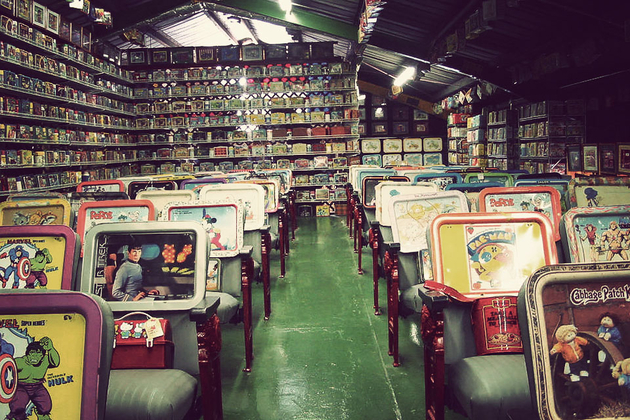
Lunchbox Museum
For those of us that are old enough to remember, your metal lunchbox was at one time as essential to your character as your band t-shirts in middle school or the car you drove in high school. The Lunchbox Museum celebrates this history of childhood companionship with the world's largest collection of metal lunchboxes and their matching thermoses, including everything from the usual suspects — Star Wars, Peanuts, The Incredible Hulk — to obscure characters that have been lost to time. Even better? If a box you like has a duplicate, there's a decent chance you can walk out the door with it — for the right price, of course.
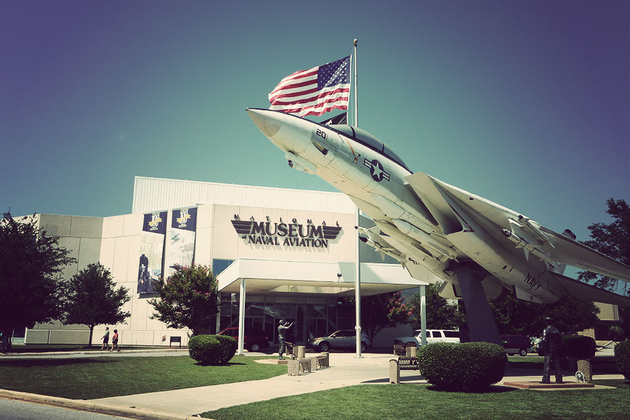
National Naval Aviation Museum
When it comes to fighter jets, most people naturally think of the Air Force first, but as we learned in Top Gun, the Navy has some history of its own when it comes to patrolling the skies. The National Naval Aviation Museum celebrates this history with nearly 300,000 square feet of exhibit space and 37 acres of outdoor space. Among the highlights are a seven-story atrium housing four A-4 Skyhawks in a typical Blue Angels diving formation, an FA/18 flight simulator, a museum-specific IMAX film, a cafe decorates with over 1,000 squadron and unit plaques, roughly 40 aircraft displayed on a "flight line" behind the museum's restoration hangar, and an entire wing dedicated to WWII carrier aviation.
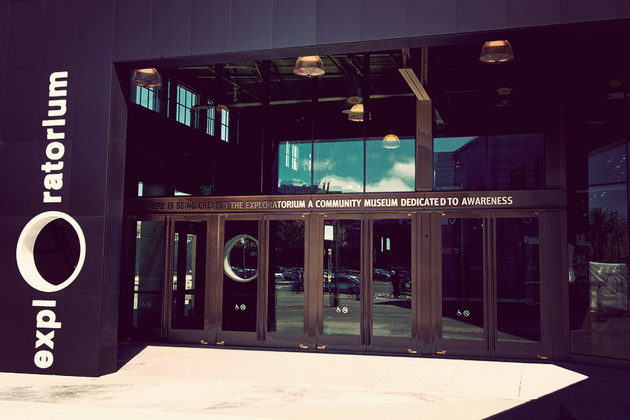
Exploratorium
Fresh off a $300 million investment in its new Embarcadero home, the Exploratorium is set to move up the list of Bay Area must-dos. While it's not the ideal place for germaphobes — you have to touch nearly everything in order to experience it — it is frankly amazing for both kids and adults alike, with literally hundreds of exhibits that teach you about the world while keeping you entertained. Be sure to visit the West Gallery of human phenomena while you're there — and bring lots of hand sanitizer.
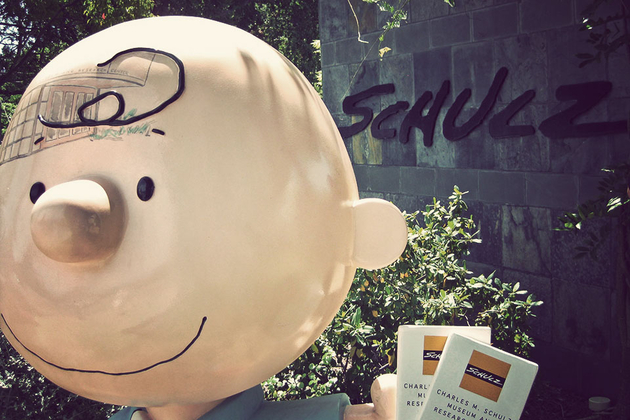
Charles M. Schulz Museum
Yes, the characters of his Peanuts comic strip have been appearing in Cedar Fair parks across the country for over 20 years, but if you're a real fan of the comic, the Charles M. Schulz Museum is where you want to go. Located on the same property that Schulz called home, this tribute to the artist and his work features nearly 100 original strips on view, a re-creation of his studio, a 100-seat theater showing Peanuts animated specials, a Snoopy-themed bas relief sculpture by Japanese artist Yoshiteru Otani, a mural he painted for his daughter's nursery, outdoor sculpture gardens, a Snoopy labyrinth, and the kite-eating tree, and, of course, a killer gift shop. But the pièce de résistance is the two-story tile mosaic of Charlie Brown running to kick the football held by Lucy. Made up of 3,588 2"x8" ceramic tiles, each with a different comic strip image, it's a fitting tribute to a lasting American classic. [via]
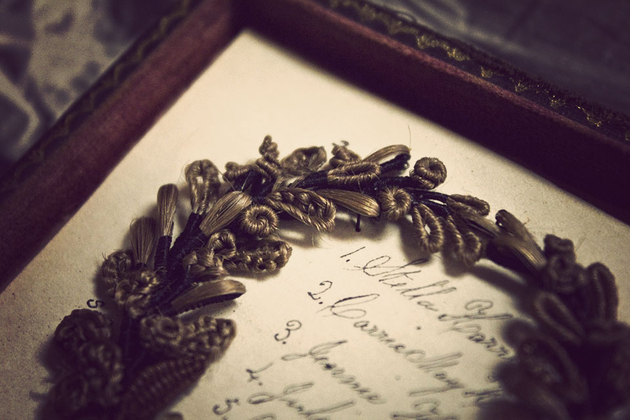
Leila's Hair Museum
Yes, you read that correctly. Founded by a former hairdresser in 1986, Leila's Hair Museum is a unique celebration of a lost art — making jewelry and artworks using human hair. Among the collection, which includes hundreds of wreaths and thousands of pieces of jewelry, you'll find piece containing hairs from presidents, celebrities, and royalty — including the King of Pop. Considering that items made from hair went out of style with the end of the Victorian period, many of the items are quite old, as is the proprietor — but if you're at all curious about such things, it's well worth the trip. [Scouted by Samantha]
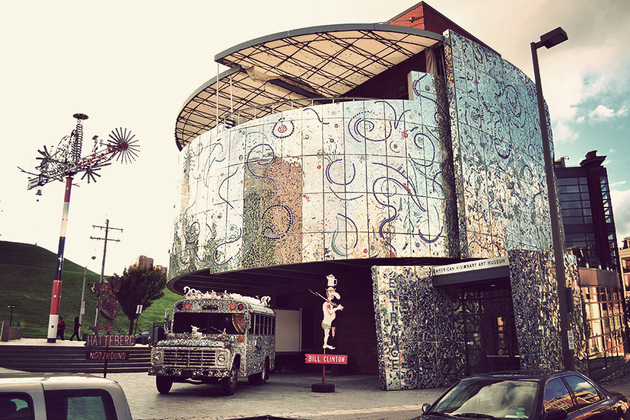
American Visionary Art Museum
What is Visionary Art? Well, we could give you the boiler plate answer of "art produced by self-taught individuals, usually without formal training, whose works arise from an innate personal vision that revels foremost in the creative act itself." Or we could tell you to visit the American Visionary Art Museum and find out for yourself. Occupying a multi-building spot on the Inner Harbor, the Museum includes a permanent collection gallery, a third-floor gallery, a tall sculpture barn, and the 45,000 square foot Jim Rouse Visionary Center, all of which combine to provide plenty of space to enjoy the museum's myriad of different pieces and exhibits. Oh, and be sure to visit Sideshow — the museum's far-above-average gift shop — before you go.
